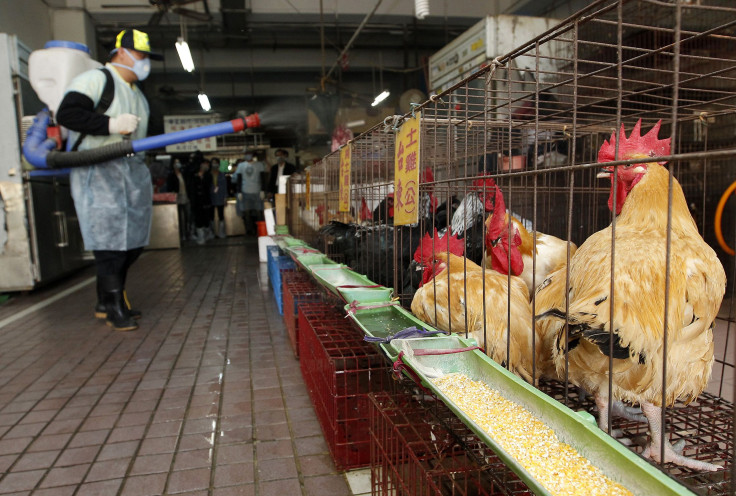First Human Infection Of H10N8 Bird Flu Strain Discovered In China, Killing One

Yet another new strain of avian influenza, or bird flu, has been discovered to affect humans, taking the life of one person in China. An elderly woman from central China’s Jiangxi province has been the first confirmed victim of the disease, meaning the strain has crossed to humans.
According to a report by the South China Morning Post, health authorities have confirmed that the H10N8 strand of the bird flu was contracted by an elderly unnamed woman who died earlier this month. State newspaper Jiangxi Daily reported that the 73-year-old was diagnosed with a case of severe pneumonia at the end of November, when she was admitted to a hospital in the province’s capital city Nanchang. A week later, on Dec. 6, she died.
At some point between her initial diagnosis and her death, she was diagnosed with the H10N8 strand of the flu, one of the 15 known bird flu strains. Health authorities say that the woman’s bout of pneumonia compromised her already weakened immune system. She went to visit a local live poultry market before becoming severely ill.
Health officials have since quarantined, and have been monitoring, people who had contact with the woman, but they have yet to see symptoms in anyone else.
China is used to managing bird flu scares. The H10N8 strain marks the third strand of bird flu human infection in the country this year, following an April scare from H7N9 and last month’s H6N1. The H7N9 bird flu first emerged in China in April. More than 140 people were hospitalized and 45 died.
An anonymous expert quoted by Jiangxi Daily is claiming that human infection of H10N8 is likely to remain low, suggesting that the woman’s death was an exceptional case.
© Copyright IBTimes 2024. All rights reserved.






















